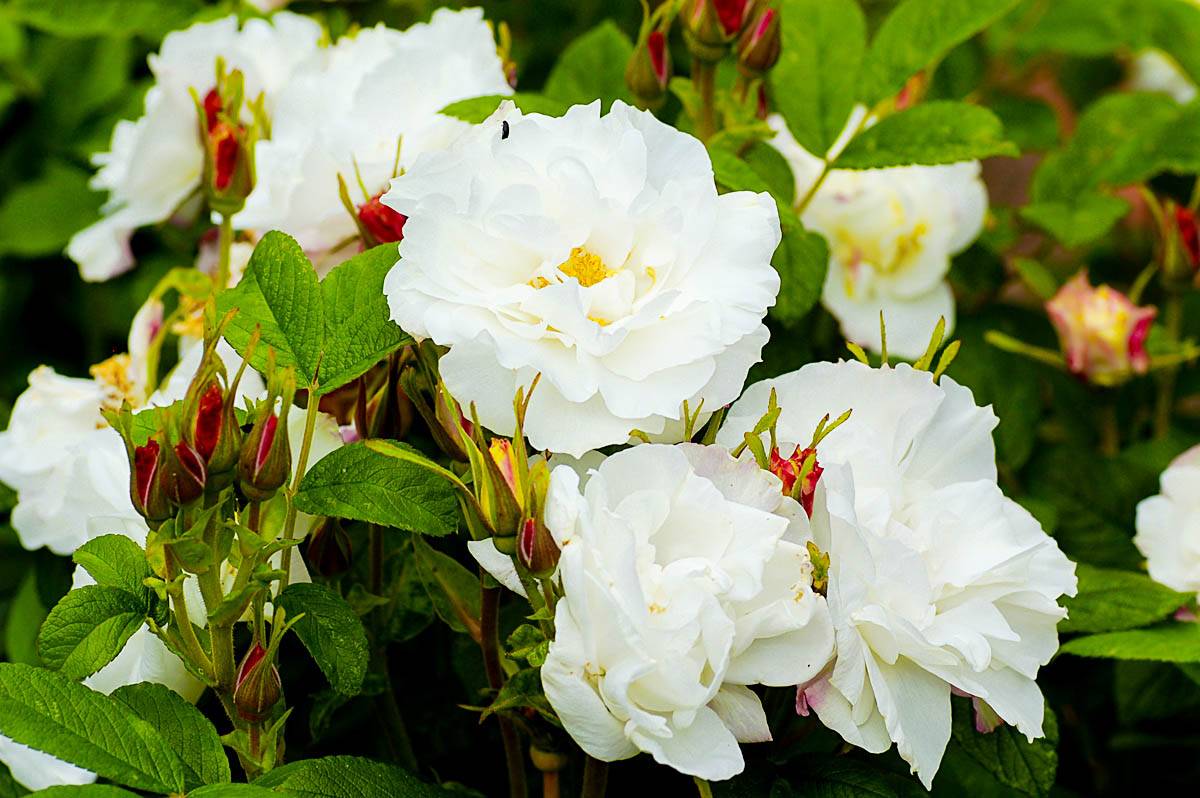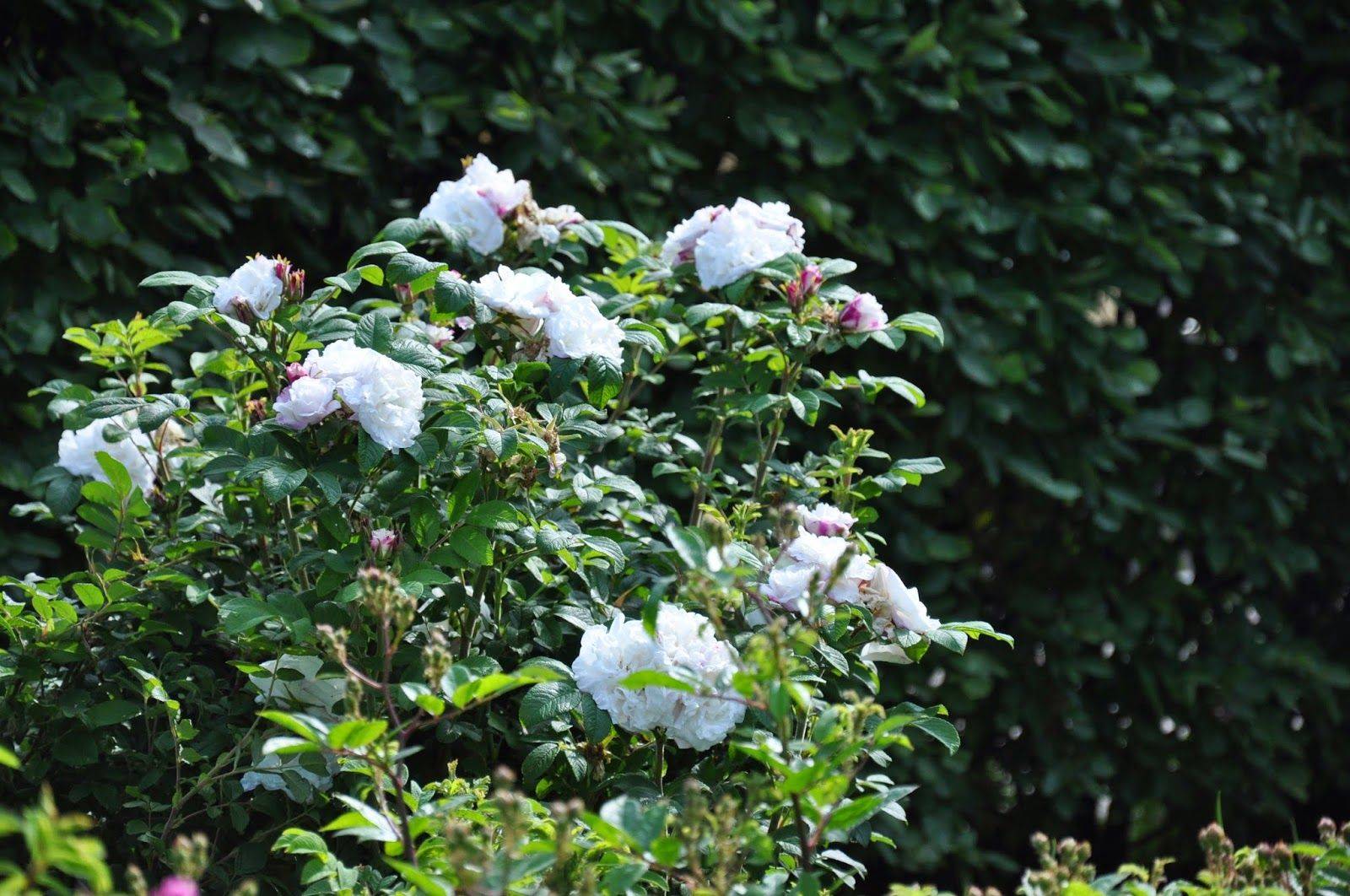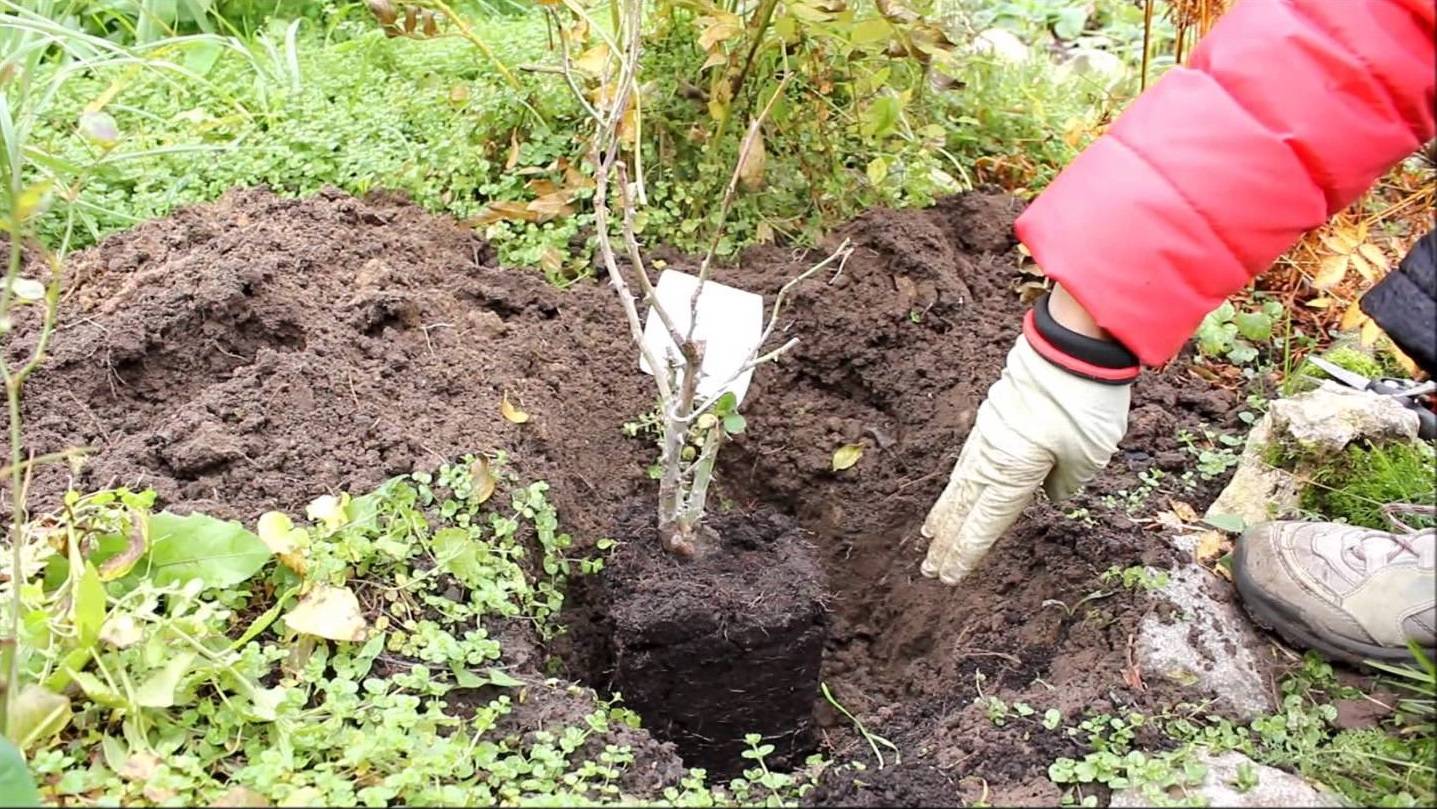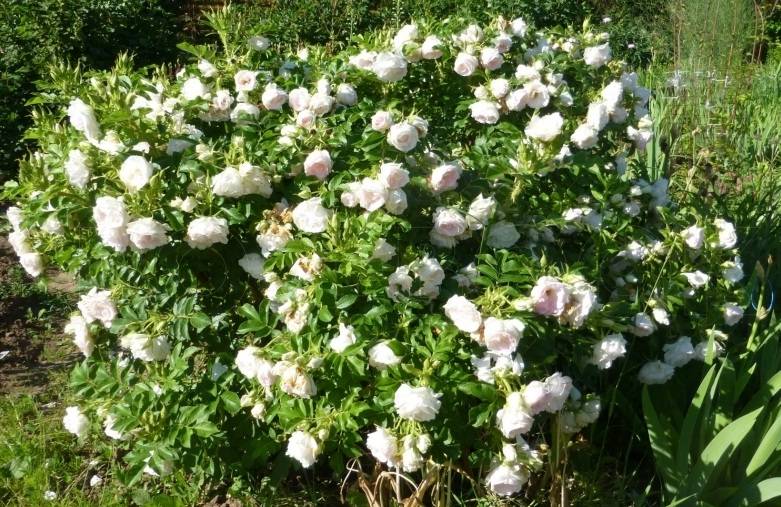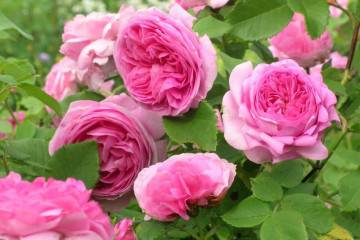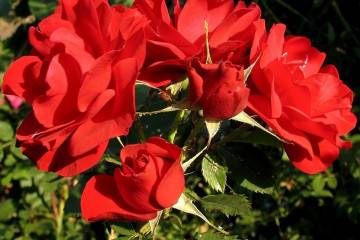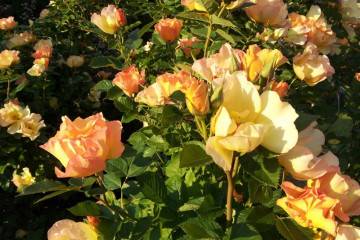Rose Louise Bugnet - characteristic of the variety
Content:
Rosa Louise Bagnet belongs to the group of Canadian park roses, which are distinguished by their amazing frost resistance and unpretentiousness. There is no need to talk about the decorative properties of the variety. The flower is magnificent - large snow-white flowers attract all attention and remain in the memory of everyone who saw them for a long time.
Rose Louise Bugnet - what is this variety
The Canadian rose Louise Bagnier was born in the mid-1960s. thanks to the efforts of breeders from Canada. And despite the fact that a lot of time has passed since then, and new varieties have appeared, this flower does not give up its positions, it is still adored by gardeners and is an adornment of many collections.
Brief description and characteristics
Botanical description of the plant:
- maximum stem height 1 m;
- leaves are dense, sinewy, of medium size, resemble rosehip leaves, cover the shoots almost completely, are located very often;
- there are no thorns on the shoots. The presence of rare thorns is rather an exception;
- flowers of white color, densely double;
- inflorescences - brushes, each of which contains up to 5 buds;
- initially, deep crimson buds appear on the bush, from which snow-white petals appear later. It looks very impressive.
Advantages and disadvantages of the variety
| Advantages of the variety | Disadvantages of the variety |
| high decorativeness | flowers do not stay on the stems for long, only a couple of days, after which they wither and fall |
| frost resistance characteristic of all Canadian park roses | |
| immunity to common diseases and pests | |
| resistance to weather changes and heavy rains | |
| unpretentiousness |
Use in landscape design
An ideal combination of this elite variety with another Canadian park rose Louise Audier. In addition, Louise Banier will look spectacular with most park varieties, emphasizing their brightness, but without losing their charm. The plant is suitable for planting near houses, gazebos, porches, terraces. The back of the composition will be successfully complemented by evergreen or deciduous trees and shrubs.
Growing a flower: how to plant it in open ground
Planting is not difficult, this is the standard procedure by which most varieties of roses are most often planted.
Both spring and autumn time are suitable. The plant is unpretentious, so it all depends on the wishes of the grower.
Seat selection
It is better to prepare a sunny place, but in partial shade the rose will grow and develop. However, in a shaded area, it will grow more slowly, and the flowering will be less abundant.It is very important that the rose is not disturbed by gusts of wind and drafts, this will stop its development.
How to prepare the soil and flower for planting
The soil for planting is prepared in advance: mineral and organic fertilizers are introduced into it, fertile garden soil, all this is dug up.
Since the plant is most often purchased from nurseries or flower shops, it is immediately ready for planting. Therefore, additional preparation for a rose with a closed root system is not required.
If it turns out that the root system is open, it is worth examining it for damaged and too long roots, removing them (or shortening them), and treating the cuts with crushed charcoal.
Planting procedure step by step
Step-by-step instruction:
- First you need to decide on the size of the shrub. It depends on the conditions under which it will grow. If you plan to grow a small bush, the distance between the planting holes should be at least half a meter. For a group planting, it is worth giving them a head start of 2 m.
- Dig a planting hole, the size of which depends on the size of the plant.
- Fill a drainage layer at the bottom of the pit.
- Carefully place a bush in the pit, straighten the roots, fill the empty spaces with prepared soil mixture. The neck of the root should deepen by 3 cm.
- Compact the soil, water thoroughly and huddle.
Plant care
Flower care is simple, all varieties of Canadian park roses are absolutely unpretentious, Louise Bagnet is no exception.
Watering rules and humidity
The flower is watered as the topsoil dries out. Under 1 bush, you will need to pour about 15 liters of water. In general, the bush normally tolerates rainy periods, while not stopping to develop and bloom.
Top dressing and soil quality
The soil should be nutritious and loose, it is good for air and water to pass through. Humanity reacts positively to feeding, but you should not overfeed the flower. Different fertilizers are required at different times. For example, nitrogen will stimulate the formation of green mass, and potassium and phosphorus will stimulate flowering.
Pruning and replanting
Sanitary and formative pruning is done in the spring. At this time, the rose has already overwintered, dry and frost-damaged twigs could appear on it. They must be removed. Too long branches of Louise Bagnier, which interfere with the desired crown formation, are shortened. You can leave 1/3 of the branch, but not less.
Features of wintering a flower
With frosts down to -20 ° C, the variety does not require additional shelter. If frosts in the region are consistently long, and the temperature drops to -35 ° C, it is necessary to prepare the bush for winter. To do this, it is mulched with peat, covered with spruce paws, wrapped in a special insulation. At the request of the grower, you can bend the branches to the ground or leave them in a standing position.
Blooming rose
Blooming - repeated, bright, spectacular. It is especially interesting to watch how a wonderful white flower emerges from a crimson bud. It seems like real magic.
A period of activity and rest
The first flowering begins in late May - early June, the second wave occurs in the second half of summer. The first bloom lasts about a month.
Care during and after flowering
The main care during the flowering period consists of timely watering and top dressing. It is also important to remove dried buds and twigs. It is useful to make potassium-phosphorus and organic fertilizers.
What to do if it does not bloom
It is such an unpretentious variety that it is very difficult to make it not bloom. It is worth paying attention to the care and observance of all elementary rules. Another problem is the excessive amount of nitrogenous fertilizers.
Flower propagation
Reproduction is done only by cuttings. The procedure is performed either before the onset of flowering in the spring, or at the beginning of autumn. The main thing is that the cuttings have time to take root.
A young shoot is cut off, its upper flexible part is removed, the rest is used for grafting, which is cut into branches 10-15 cm long. They should be kept in a solution of root or other root growth accelerator for a day. Cuttings can be immediately planted in open ground, covered with plastic wrap or plastic bottles, creating a mini-greenhouse. After rooting, the shelter is removed.
Diseases, pests and ways to control them
Louise Bagnet has immunity to most diseases and pests, therefore preventive treatment carried out in the spring is often sufficient. The flower can be treated with fungicides to prevent insects and insecticides to keep the rose from getting sick.
Rosa Louise Bagnet is an amazing variety that you should definitely try to grow on your site. Most of all, it will suit those who prefer plants in light colors, because these beautiful flowers are ideal for such a garden style. Beginners shouldn't lose sight of the flower either. Even those who have never done it before will be able to grow a rose. In general, this variety is suitable for all lovers of tender and beautiful. An important role is played by the fact that Canadian roses are frost-resistant, and therefore can please the inhabitants of the northern regions.
